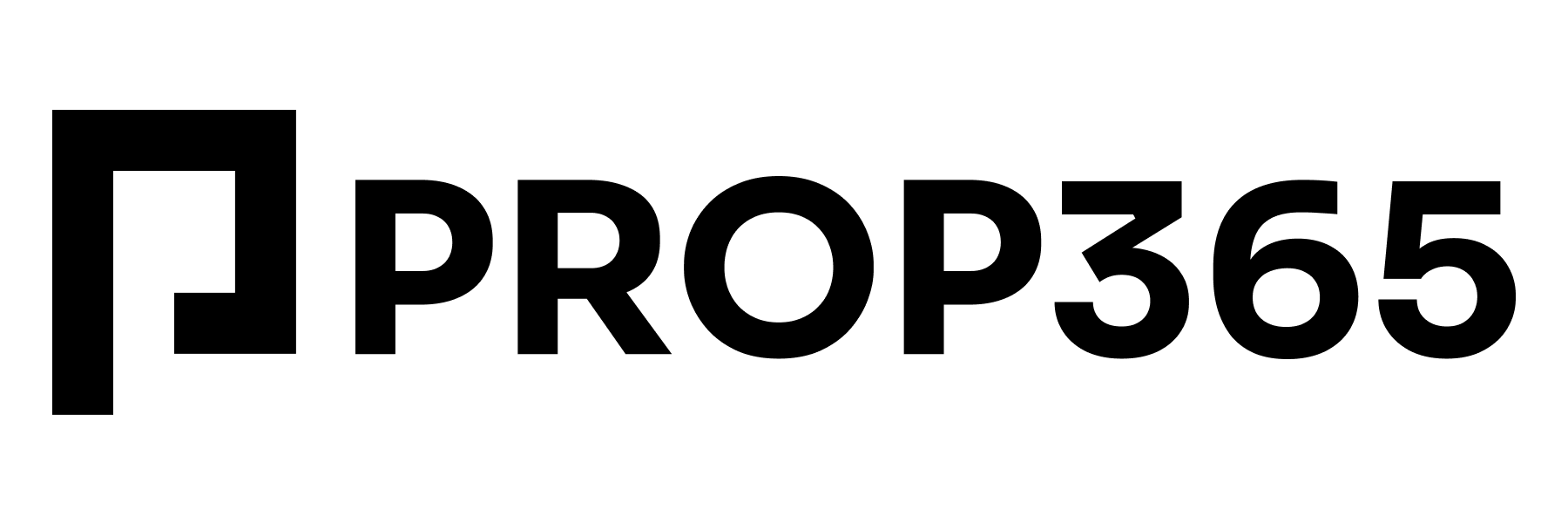ACADEMY
Ascending Triangle Pattern
Welcome to Lesson 11 of the Advanced Module in our Introduction to the Stock Market course, brought to you by PROP365 Academy. In this lesson, we break down the ascending triangle pattern, a key continuation chart formation used by traders to anticipate bullish breakouts.
Understanding the Ascending Triangle Pattern
This pattern is a bullish continuation pattern that typically forms during an uptrend. It is characterized by a flat resistance line at the top and a rising trendline at the bottom. These elements indicate that while sellers are capping the price at a certain level, buyers are gaining strength, resulting in higher lows.
This pattern signifies mounting buying pressure and often results in a breakout above the resistance level, confirming the continuation of the bullish trend. Importantly, the ascending triangle pattern requires context: it should form after an uptrend, and the breakout should ideally occur with volume expansion.
Key Components of an Ascending Triangle Pattern
1. Prior Trend
The ascending triangle pattern forms within an uptrend, acting as a continuation pattern. The strength of the existing trend adds credibility to the pattern.
2. Horizontal Resistance Line
This line is formed by at least two swing highs at approximately the same level, indicating strong selling pressure that halts further price advances until breakout.
3. Rising Support Line
At least two higher lows are required to establish this ascending trendline. It reflects growing bullish momentum.
4. Duration
The pattern typically forms over one to three months but may last several weeks or even longer.
5. Volume
Volume usually contracts during the formation of the triangle and then expands on the breakout. While not mandatory, volume confirmation strengthens the breakout signal.
6. Breakout Strategy
Wait for a close above the horizontal resistance before entering a trade. Enter at the high of the breakout candle to avoid false breakouts. A retest of the breakout level (resistance turning into support) may also occur.
Setting Targets and Managing Risk
The price target is calculated by measuring the widest distance of the triangle and adding it to the breakout point. Stops should be placed below the most recent swing low to manage risk.
Example: Primus Telecom Case Study
Primus Telecom formed an ascending triangle pattern over six months. Resistance was clearly defined at $24 with progressively higher lows. A breakout occurred with volume expansion, and the stock rallied to $34 within two months and eventually hit $50. This illustrates the pattern's power when executed correctly.
Ascending Triangle Pattern Summary
The ascending triangle pattern is a powerful bullish continuation signal when identified and traded correctly. Focus on the formation's structure, breakout confirmation, and volume behavior. Avoid premature entries and always manage your risk using calculated stop-loss levels and target projections.
Explore more trading strategies and patterns in upcoming lessons, and don’t forget to apply what you’ve learned with PROP365. Test your skills today on a real prop trading challenge and take your trading to the next level.Try PROP365 now and start mastering real-world trading strategies.
Ready to prove your skills?
Newsletter
Stay Updated – Subscribe Now
Disclosure: All information provided on this site is intended solely for educational purposes related to trading on financial markets and does not serve as a specific investment recommendation. This is not an investment opportunity. You do not deposit any funds for investment. We do not ask for any funds for investment. There are no promises of rewards or returns. It’s crucial to differentiate between purchasing a program from PROP365 and depositing in a financial institution. The fees you pay for our programs are not deposits. PROP365 does not offer financial advice or issue or deal in financial products. All trading will occur on demo accounts under simulated live trading conditions. All funds are simulated trading funds, and all profits are simulated profits.
© 2025 Brynex Tech Limited. All Rights Reserved.
